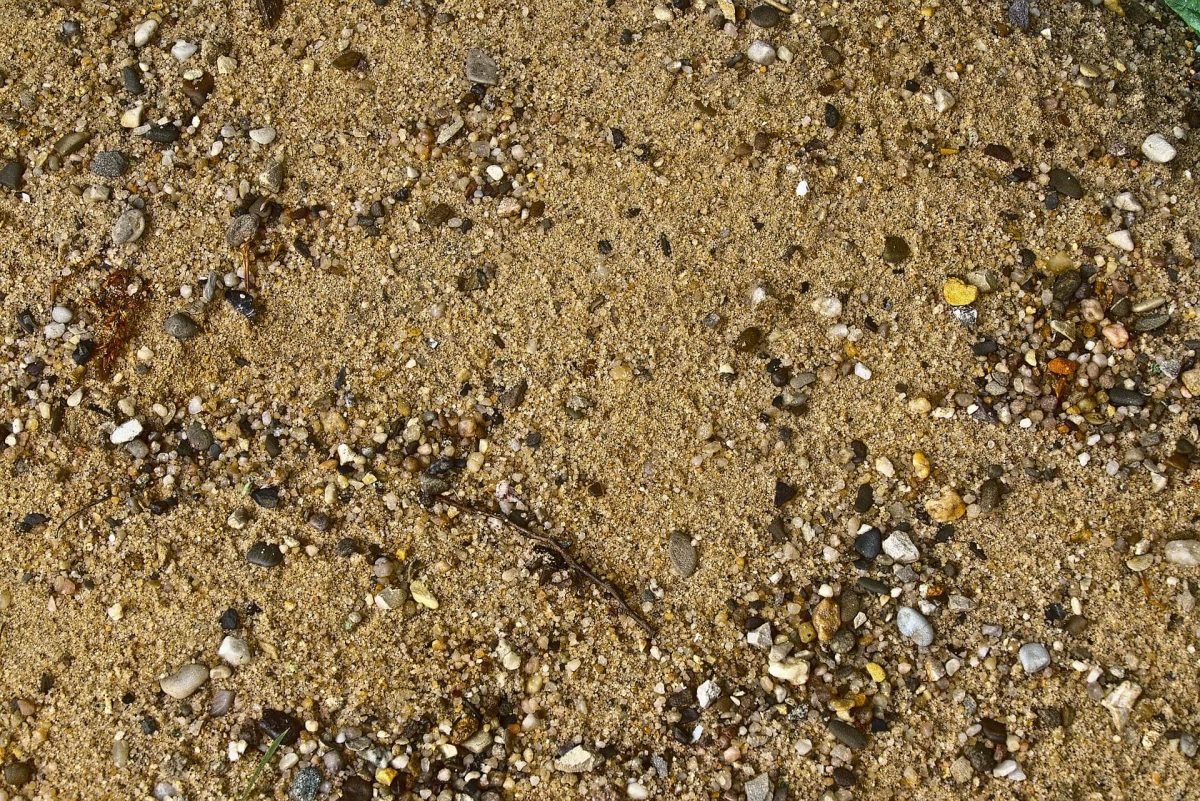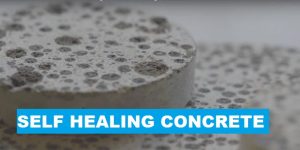One thing that you need to check for every load of aggregates delivered to your plant is the organic impurities content. The usual organic impurity found in aggregates are wood decays, vegetable decays, and other organic matters of similar nature.
Generally, the organic impurities can be found in both type of aggregates (coarse and fine), but only the one in the sand will have greater impact to the concrete quality. The one in the coarse aggregate are easily washed.
Are Organic Impurities Dangerous?
These impurities may look harmless, but in reality they are very detrimental to the concrete mix. The impurities will affect and alter the chemical reaction of the cement, which is known as hydration process.
Apart from cement hydration, the presence of organic impurities is also critical when comes to selecting types admixtures. If your concrete production plant is using poly-carboxylate base admixtures for concrete; then the presence of organic impurities can be extremely detrimental to the performance of concrete.
How to Check
Even if the impurities are clearly visible from naked eye, it not necessarily will affect the concrete quality. That is it advisable to check its impact by making actual concrete sample using the suspected sand, and comparing the result with controlled data. However, this method is quite tedious and time consuming. You will need to wait for about 7-days to accurately verify the result against control sample result.
The good news is there is another way of pre-qualifying the sand for organic impurity level before making the actual concrete/mortar for compressive strength test.
The test is known as colorimetric test as per ASTM C40-2020 (Standard Test Method for Organic Impurities in Fine Aggregates for Concrete).
Test Process to Check for Organic Impurities in Sand
It is a quite simple test to determine the intensity of organic impurity by checking the colour changes in the aggregate test sample. A pre-determined amount sand sample is placed in glass jar with lid. Then a 3% solution of NaOH (diluted in water) is added to the jar with sand. Then this sand-chemical mixture jar is shaken vigorously till it visibly clear that they are well mixed. Leave the jar for 24-hours for the mixture to complete the chemical reaction.
After 24-hours, you already can observe some changes in the color of the mixture. Using the five organic colour transparencies dial-chart, check the color of the solution. These colors can be labelled from 1 to 5, where 1 being the lightest yellow and 5 being the darkest brown.
Interpreting the Organic Impurities Result
If the solution appears to be light yellow (standard yellow as per the chart); then this batch of sand is good to be used for concrete making. The organic impurities will not be detrimental to the concrete properties.
However, if the color happen to be anything above the standard yellow; then you should immediately stop this sand from sneaking into production line. Generally, in my personal experience, I would not allow any sand that reflects color No.4 and No.5. The affected batch of sand would be required to placed at pre-holding area, where the sand will be exposed to rain. After 1 or 2 days of being washed under the rainwater; the colorimetric test will be repeated. If it passes the test then the sand will be transferred to the production bay.
This is secondary clean and use method only feasible during rainy weather. Alternatively, you could manually wash the sand before using; but this would be extremely time consuming and not cost effective.
But bear in mind that sometimes these dark brownish color also can be due to presence of iron-related matters in the sand. For this you got to verify with the mortar cube test. Two sets of mortar samples shall be made; one with the test sand, and other one for control purpose made with standard sand.
Final Remark
Understanding the impact of organic impurities to concrete properties is very crucial for any concrete personnel. This simple test potentially can save you a lot time and money; and sometimes it is not just financial savings, imagine sending out sub-standard concrete to your customer which could potentially tarnish your companies name and branding. Therefore, it is worthwhile to pay attention to this test before using the sand into the production line.










